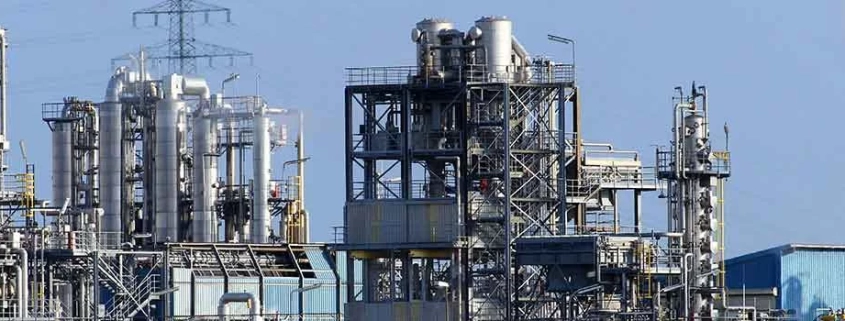Oil And Gas Industry
Gas Detect – together with partners 3M Gas & Flame Detection, Dräger, Honeywell Analytics and Industrial Scientific – gas detectors (4 gas detectors, area gas monitor, fixed system), optical flame detectors And respiratory protection devices (gas masks, escape respirators, self-rescue masks and self-contained breathing apparatus…)
Portable gas detection for the oil and gas industry
4 gas monitors
This is primary 4 gas detectors and is most commonly used for oil and gas applications; for example, exploration, drilling, refining, storage or transportation. At the same time flammable gases (CH4, VNG, LPG, hydrocarbons, solvents…), hydrogen sulfide (H2S) – a very toxic gas – carbon monoxide (CO) and oxygen Detects (O2) deficiency.
field gas monitor
As an addition to portable gas detectors or for certain situations (offshore platforms, periodic technical shutdown works in refineries), to cover a production or work area field gas monitors Using it provides full monitoring and higher levels of security for employees and infrastructures. In fact, the oil and gas industry is a major user of field gas monitors: these devices are used in production sites around the world.
Fixed detection for the oil and gas industry
flammable gas detector
Flammable gas detectors (for natural gas, hydrocarbons, solvents and alcohols) oil and gas They are the main gas detection systems used in the industry. There are two main detection technologies depending on the targeted gases:
- Catalytic sensor: This sensor technology is used for almost any flammable gas. It is very efficient, but its life is shortened as the remaining flammable gas is more or less present.
- Infrared absorption sensor: This technology should be chosen for any area of activity where there is a permanent residual presence of flammable gases. This, oil and gas It is the technology to be used for the sector.
open road gas detector
open road gas detector It is particularly suitable for some applications, such as offshore platforms, pipelines or large-scale storage areas. The infrared open path detector detects gases and hydrocarbons and has a range of up to 200 metres. This is an attractive solution because it is easy to implement and cost-effective.
Optical flame detector
The optical flame detector responds to any flame radiation. any fire ignition Designed to quickly stimulate . These devices are therefore particularly adapted to refineries, pipelines, pump stations and are great solutions for filling centres, storage structures or offshore platforms. Spyglass SG50 and Spyglass IR3-H2 flame detectors detect flames invisible to the human eye thanks to the near-infrared video option.
Respiratory protection for the oil and gas industry
Escape mask and self-rescue breathing apparatus
In the presence of different toxic gases emergency evacuation People need to wear escape masks. These respiratory protective units fall into two categories: To ABEK using specific filters air purifying respirators and well-suited for emergency escape in highly toxic or insufficiently oxygenated atmospheres air supply respirators (self-rescue masks).
Self-contained breathing apparatus (SCBA)
breathless for more severe interventions in environments with inadequate oxygenation, toxic or suffocating (significant gas leakage) self-contained breathing apparatus ( SCBA ) must be used.


